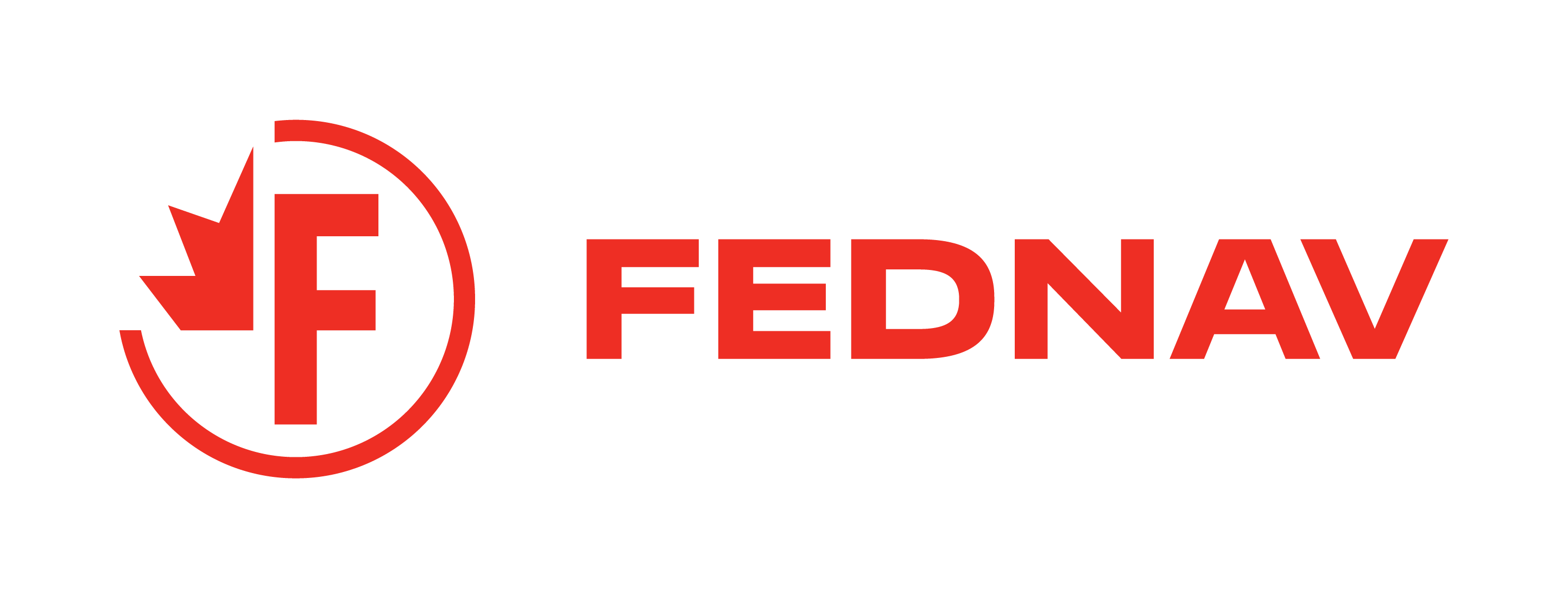A decade of success: No new invasive species found in Great Lakes in 10 years
by Julie Zenner, North Star Port (Duluth Seaway Port Authority)
Spring 2016
The flow of new aquatic invaders into the Great Lakes appears to have slowed significantly-or even stopped-over the last 10 years, thanks to ballast exchange requirements for ocean-going vessels and increased public awareness. That is not, however, stopping efforts to mandate further measures that could impact the maritime industry.
"There has not been a confirmed new aquatic invasive species in the Great Lakes since 2006 when the bloody red shrimp was found in Lakes Michigan and Ontario," said Doug Jensen, aquatic invasive species coordinator, Minnesota Sea Grant. "It reflects a continuous successful effort over two decades. A lot has been learned about different pathways through which invasive species enter the Great Lakes, and it is quite apparent that the pathways have been interrupted."
Prior to 2006, Great Lakes researchers were identifying new invasive species at an average rate of up to one or two a year. While numbers vary among the Great Lakes, experts believe about half of the new arrivals in Lake Superior since the St. Lawrence Seaway opened in 1959 hitched rides in the ballast tanks of ships.
The lack of new invaders in the past 10 years in the Great Lakes provides compelling evidence that the existing ballast water management program is working. That was one message shared during the Upper Great Lakes Law and Policy Symposium: Managing Water Across Boundaries, held March 24 in Duluth. Hosted by the University of Minnesota Sea Grant Program and University of Minnesota Law School, it drew about 120 people from the Great Lakes region and around the world to discuss water issues that affect both the United States and Canada. The Duluth Seaway Port Authority was one of the symposium's many sponsors.
"We have pretty much closed the door on ballast water being a vector for new invasive species in the Great Lakes," said Jim Sharrow, director of port planning and resiliency for the Duluth Seaway Port Authority and a symposium attendee. He credits that success to ballast water exchange requirements that began in 1993, authorized by the Nonindigenous Aquatic Nuisance Prevention and Control Act (reauthorized in 1996 as the National Invasive Species Act). Regulations were tightened and adopted for the entire Great Lakes St. Lawrence Seaway System in 2008, and it is widely determined to be the most protected waterway in the world.
Current regulations require that oceangoing ships entering the Great Lakes exchange ( discharge and refill) their ballast tanks with saltwater at least 200 nautical miles from the mouth of the St. Lawrence Seaway to expel or kill any freshwater species that could potentially thrive in the Great Lakes. Since 2008, even empty ballast tanks must be flushed with saltwater to eliminate species that could be lurking in residual ballast water or sediment—a cleansing process known "rinse and spit."
The Great Lakes Ballast Water Working Group recently released its 2015 ballast water management report. For the seventh consecutive year, 100 percent of the ballast tanks on all vessels entering the Great Lakes via the St. Lawrence Seaway from outside North America received ballast water management exams. The bi-national group anticipates continued high compliance rates for the 2016 navigation season and will continue to perform management exams on all of those vessels.
Meanwhile, U.S. and Canadian regulators as well as the International Maritime Organization (IMO) continue to pursue requirements for onboard ballast water treatment systems that would use chemicals, filters, ultraviolet light or some combination to kill organisms in ballast tanks. States also are stepping into the mix, with Minnesota and Wisconsin planning to begin requiring IMO-compliant treatment systems even for "lakers" that never leave the Seaway System to prevent the spread of invasive species between ports.
"The Duluth Seaway Port Authority continues to believe that there should be a single, uniform regulation across the Seaway and Great Lakes that is similar in the United States and Canada and is enforced by the federal governments, not states and provinces," Sharrow said. "A patchwork creates bewildering regulations every time a ship crosses a state or federal line."
Symposium participants hailed the Great Lakes Ballast Water Collaborative, formed in 2009 through the efforts of Minnesota Sea Grant and the St. Lawrence Seaway Development Corporation, for bringing critical parties together.
"For the first time, the Collaborative provided a forum for shipping companies, environmental groups, and state and federal regulators to sit down, clarify issues related to ballast water policy, and work collaboratively in a positive manner," Jensen said. "Significant progress has been made to harmonize efforts across the Great Lakes."
So far, Fednav Limited of Quebec is the only company in Canada and the Great Lakes to announce installation of an onboard ballast water treatment system—well before regulatory requirements take effect.
The Federal Biscay is the first of 12 new ships equipped with a ballast treatment technology as the company updates its fleet.
"Most ship owners on the Great Lakes are waiting for certified equipment to be available, but it has to be practicable," Sharrow said. "They need to know that what they invest in will work and that everyone has to do it. There will be onboard ballast water treatment systems that are dependable and affordable, but more time is needed to get them developed and certified."
In the meantime, ballast water exchange requirements for vessels en¬tering the Seaway and efforts to interrupt other pathways, including public information campaigns like the "Stop Aquatic Hitchhikers" for recreational boaters and anglers, are holding new invasive species at bay.





